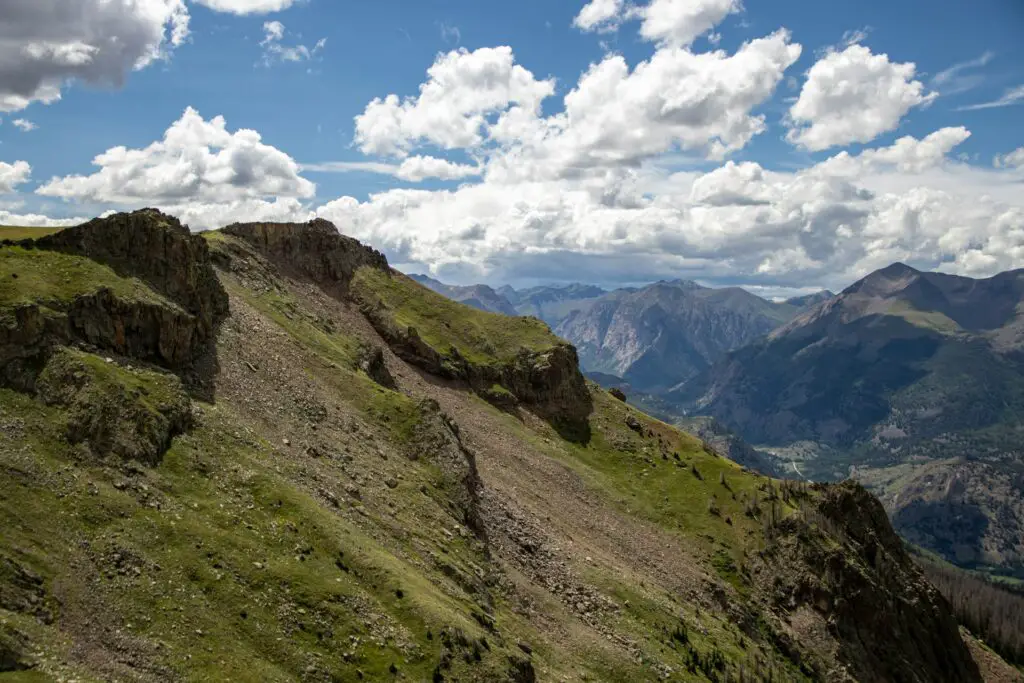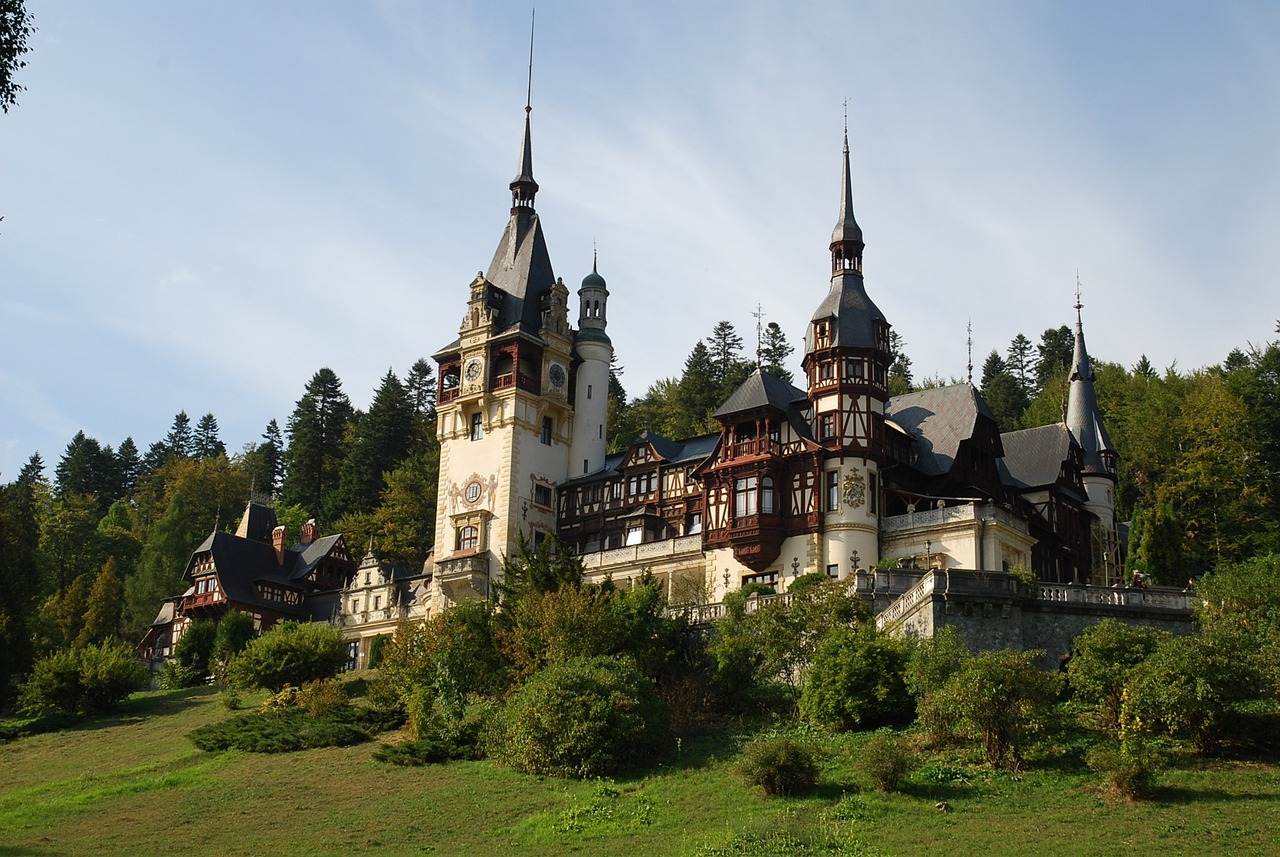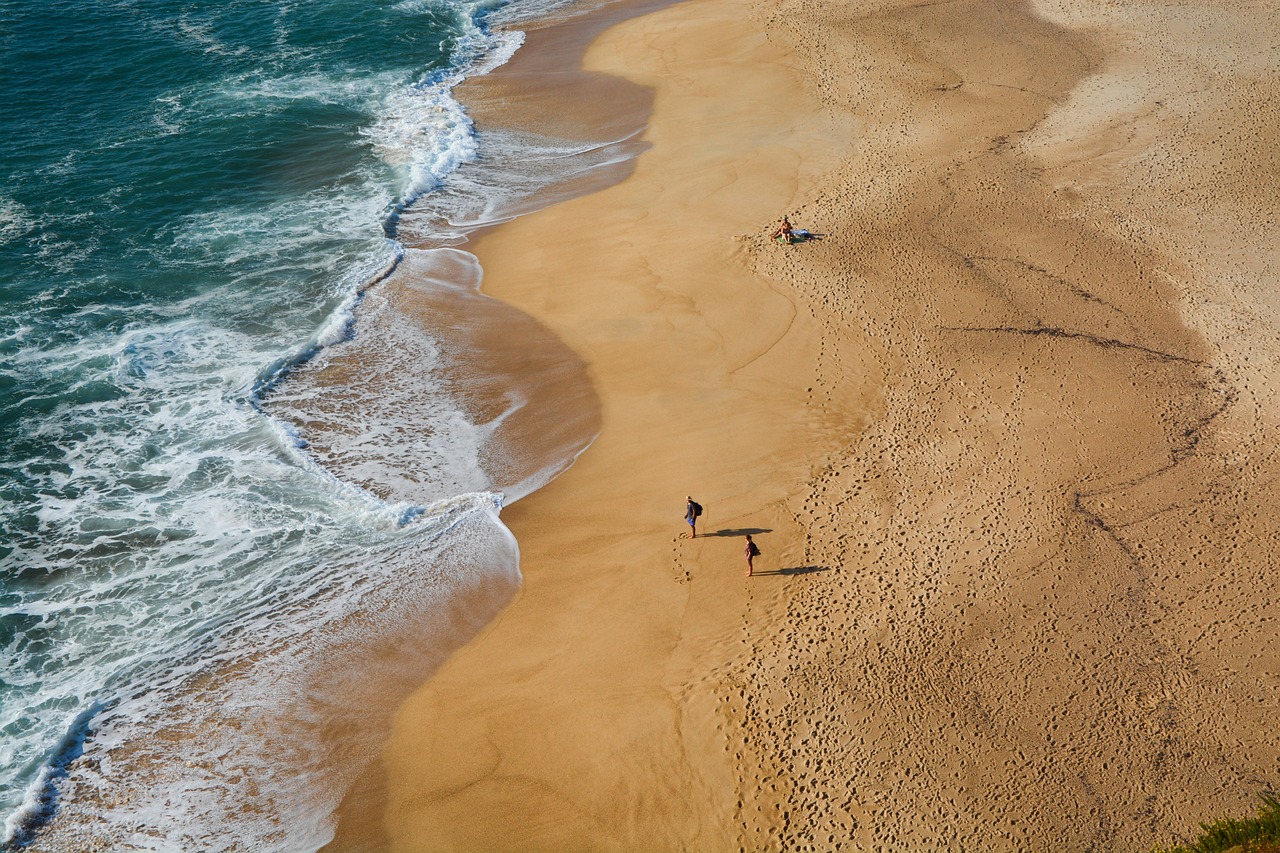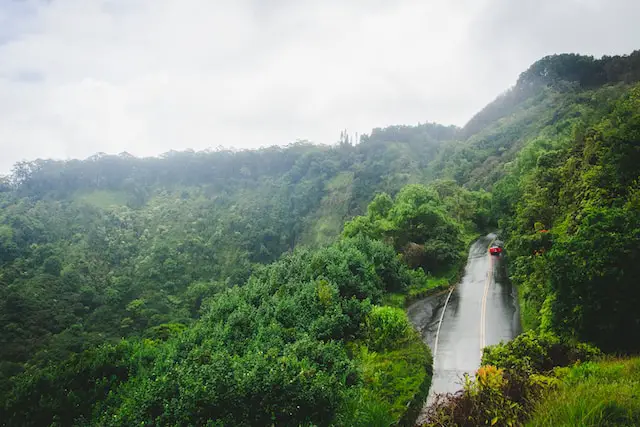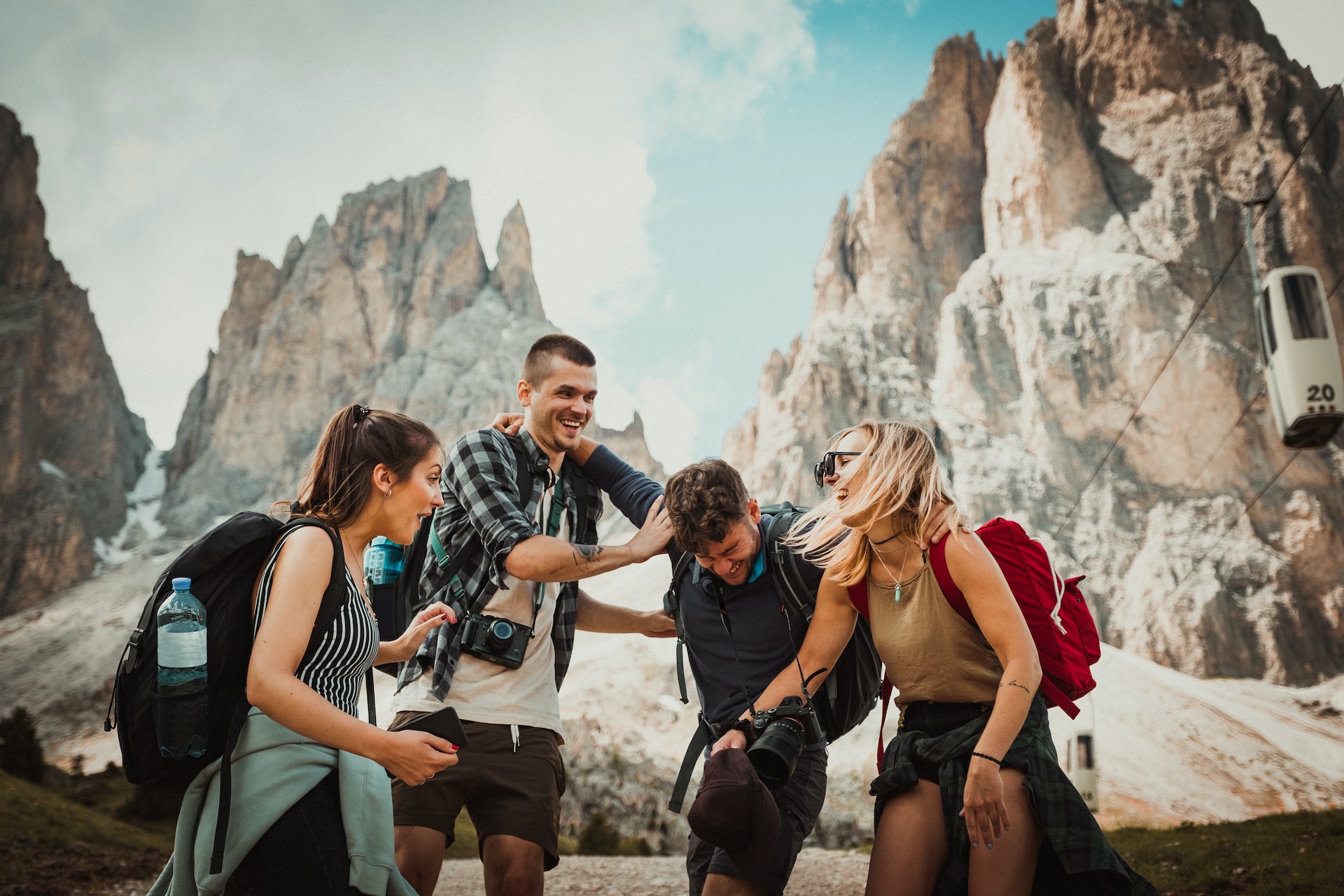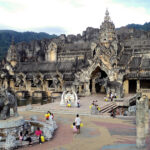Colorado, known for its picturesque landscapes and towering mountains, holds a unique distinction in the United States: it is home to the majority of the nation’s peaks that exceed 14,000 feet in elevation. These mountains, affectionately known as “14ers” by hikers and mountaineers, are not only a testament to the state’s geological grandeur but also a beacon for outdoor enthusiasts seeking to challenge themselves amidst nature’s splendor.
The Count of Colorado’s 14ers
The exact count of 14ers in Colorado is a topic of mild debate due to variations in the criteria used for defining a separate mountain. However, the generally accepted number, as recognized by the US Geological Survey and the Colorado Mountain Club, is 58. This count includes peaks with a prominence of at least 300 feet from neighboring peaks, thereby distinguishing individual mountains from mere sub-summits of a larger massif.
Geographic Distribution
These 14ers are sprinkled throughout several mountain ranges in Colorado. The most prominent ranges include the Sawatch Range, the San Juan Mountains, the Sangre de Cristo Range, and the Elk Mountains. Each range presents its own unique challenges and scenic beauty. For instance, the Sawatch Range houses Mount Elbert, the highest peak in Colorado, while the San Juan Mountains are known for their rugged and heavily mineralized terrain.
The Allure of 14ers
Climbing these 14ers is more than just a physical endeavor; it’s a rite of passage for many in the mountaineering community. The allure lies not only in the physical challenge but also in the breathtaking views, the sense of accomplishment, and the connection with nature. Hikers and climbers often embark on quests to summit all 58, a feat that requires considerable skill, endurance, and respect for the mountain environment.
Environmental Considerations
The popularity of 14ers has also brought attention to environmental concerns. The increased foot traffic on these trails can lead to erosion, habitat disturbance, and other ecological impacts. It’s imperative that those who attempt to climb these mountains practice Leave No Trace principles, ensuring that these natural wonders are preserved for future generations to enjoy.
Colorado’s 14ers are more than just numbers; they are symbols of the rugged beauty and adventurous spirit that define the state. Whether you’re an experienced climber or a casual hiker, these peaks offer an array of experiences that cater to all levels of skill and ambition. As we marvel at these geological giants, it’s essential to remember the responsibility that comes with exploring them – to respect and protect these natural treasures. The 14ers of Colorado continue to stand tall, challenging and inspiring those who dare to ascend their heights.
The Challenge and Reward
Each of Colorado’s 14ers presents its unique challenge, ranging from relatively easy hikes to technical climbs requiring advanced mountaineering skills. For instance, peaks like Mount Bierstadt and Quandary Peak offer more accessible routes for beginners, while Capitol Peak and the Maroon Bells are known for their technical difficulty and inherent risks. This diversity makes the 14ers appealing to a wide range of adventurers, from those taking their first steps into high-altitude hiking to seasoned climbers seeking the thrill of a challenging ascent.
Preparing for the Ascent
Climbing any of Colorado’s 14ers requires careful preparation. The high altitude means thinner air, which can lead to altitude sickness if one is not properly acclimatized. Weather conditions can change rapidly, with summer afternoons often bringing lightning storms. Hence, climbers need to start their ascents early and be prepared to turn back if weather conditions deteriorate. Essential preparations include physical conditioning, gathering adequate gear, understanding the route, and being aware of the weather forecast.
The Cultural Impact
The 14ers have also etched themselves into Colorado’s cultural fabric. They are featured in local art, literature, and folklore. Communities near these peaks often host events and festivals celebrating their majestic neighbors, further entwining the identity of these mountains with the people of Colorado. The pursuit of summiting all 58 peaks, known as “peak bagging,” has become a coveted goal in the climbing community, with various groups and websites dedicated to supporting and documenting these endeavors.
Environmental Initiatives
Recognizing the environmental impact of high traffic on these peaks, several organizations and volunteer groups have dedicated efforts to trail restoration, conservation, and education initiatives. Programs focusing on sustainable trail maintenance, ecological restoration, and hiker education are fundamental in preserving these natural landmarks. These initiatives aim not only to repair existing damage but also to ensure that future generations can enjoy and appreciate these mountains responsibly.
Colorado’s 14ers stand as towering testaments to the state’s natural beauty and the adventurous spirit of those who climb them. Each peak offers a unique experience, blending the physical challenge of ascent with the reward of stunning vistas and personal accomplishment. However, with the privilege of experiencing these majestic mountains comes the responsibility to protect and preserve them. As these peaks continue to inspire and challenge, they remind us of the delicate balance between human ambition and environmental stewardship, a balance that is essential for the continued enjoyment of Colorado’s remarkable high-altitude landscapes.
Frequently Asked Questions About Colorado’s 14ers
What is the best time of year to climb the 14ers?
The best time to climb Colorado’s 14ers is typically from late June to early September. This period usually offers the most stable weather conditions and minimal snow on the trails. However, always check specific mountain conditions and weather forecasts before planning your climb.
Do I need special equipment to climb a 14er?
The equipment needed depends on the specific peak and the route. For most non-technical summer climbs, essential gear includes sturdy hiking boots, weather-appropriate clothing, a hat, sunglasses, sunscreen, plenty of water, food, and a first aid kit. For more technical routes or climbs outside of the summer season, specialized equipment like climbing helmets, ropes, and ice axes might be necessary.
How do I prepare for the altitude?
To prepare for high altitudes, it’s advisable to acclimatize by spending a few days at a moderate elevation before attempting a 14er. Stay hydrated, eat a high-calorie diet, and avoid alcohol and tobacco. Be aware of the symptoms of altitude sickness and be prepared to descend if they occur.
Are permits required to climb Colorado’s 14ers?
Most 14ers do not require permits for day hikes. However, some areas may have specific regulations, especially for overnight trips. Always check the current regulations for the specific peak you plan to climb.
How long does it take to climb a 14er?
The time it takes to climb a 14er varies widely depending on the specific mountain, the chosen route, weather conditions, and the hiker’s fitness level. Generally, it can take anywhere from 4 to 12 hours for a round trip. It’s important to start early in the morning to avoid afternoon thunderstorms.
Are there any 14ers suitable for beginners?
Yes, some 14ers are more suitable for beginners. Mountains like Mount Bierstadt, Grays Peak, and Torreys Peak have more straightforward routes. However, even these “easier” mountains require good physical fitness and proper preparation.
What is the highest peak among Colorado’s 14ers?
The highest peak in Colorado and all the Rocky Mountains is Mount Elbert, which stands at 14,440 feet (4,401 meters).
Climbing 14ers in winter is possible but significantly more challenging and dangerous due to snow, ice, and extreme weather conditions. It requires advanced mountaineering skills, specialized equipment, and thorough knowledge of avalanche safety.
